3 Things We Love About the Volvo XC40 Recharge, and 2 We Don’t

Volvo’s electric car is even more likeable for 2024—but not without faults.
We recently spent some time with the 2024 Volvo XC40 Recharge. One of the earlier premium electric vehicles to arrive on market, Volvo’s little SUV has seen a raft of improvements for the new year. The result is a much more likeable model, yet there are still some inherent compromises with this model that we’ll have to live with until a wholly new generation debuts. Here are five stand-out features: three good, two bad.
Like: Rear-drive single motor
We spent two weeks with the single-motor XC40. New for 2024, it surprisingly ditches the front motor, turning this into the first rear-drive Volvo of the century. It’s a move we saw in the related Polestar 2, and we like ‘em both.
The XC40 picks up the larger, more efficient 82.0-kilowatt-hour battery pack as well. Not only does it allow for even quicker DC charging speeds—200 kW—but with just one motor to feed, there’s a big bump in range to a maximum of 293 miles (472 kilometers).
Dislike: Fewer improvements to AWD model
Conversely, the dual-motor version doesn't see much change. This all-paw XC40 sticks to the older battery, so the range is still only okay at 254 miles (409 km). Volvo tweaked the electric motors to eke out that 21-mile (34-km) boost over the 2023 model. We don’t doubt it will remain a popular choice, however: AWD has had a very successful PR campaign for the last 10 years, and the price to upgrade ($1,750 / $2,500 CAD) is minimal considering the extra 150+ horsepower.
Like: Right-sized package
The XC40 has been with us for quite a while now, debuting as a gas model over six years ago. It remains an ideal size for urban use: small and upright, there’s good passenger space in a tidy, easy-to-place package. That boxy-chic look is pure Scandinavian goodness, but there’s a practicality to it, with great visibility all around; not something we can say about its C40 “coupe” sibling.
While the rear door openings are small, the space is generous once in. The same goes for the storage space: fitting six rolling carry-ons is easy peasy.
Dislike: ICE platform compromises
Electric cars built on existing internal combustion platforms can be very good. In addition to the XC40, we rank the BMW i4 and Genesis Electrified GV70 very highly, and they all sit on modified ICE platforms. There are some unavoidable compromises, however.
The big transmission tunnel eating into back-row foot space is the most obvious sign. While we appreciate some of the features tucked into the Recharge’s center console—more on those soon—the open-air feel that’s possible with a dedicated platform is one we miss. The XC40 also features a tiny frunk compared to other dedicated EV platforms like the (admittedly larger) Ford Mustang Mach-E.
Like: Smart touches for everyday driving
This is true of all XC40s: there are some clever tweaks to the cabin to make the SUV a partner in the everyday grind. A built-in slot for garbage? Brilliant, even if you’ll need to line It yourself. Hooks in the passenger footwell to hold bags? Gotcha. The XC40 doesn’t shout about its capabilities, it’s simply quietly practical.
Don’t forget the simplicity of having no motor start button: the Recharge simply turns on when the driver gets in, and off when they get out. We’d rather a button, but based on family and friends we polled during the time with the car, we’re in the minority there.
Become an AutoGuide insider. Get the latest from the automotive world first by subscribing to our newsletter here.

Kyle began his automotive obsession before he even started school, courtesy of a remote control Porsche and various LEGO sets. He later studied advertising and graphic design at Humber College, which led him to writing about cars (both real and digital). He is now a proud member of the Automobile Journalists Association of Canada (AJAC), where he was the Journalist of the Year runner-up for 2021.
More by Kyle Patrick



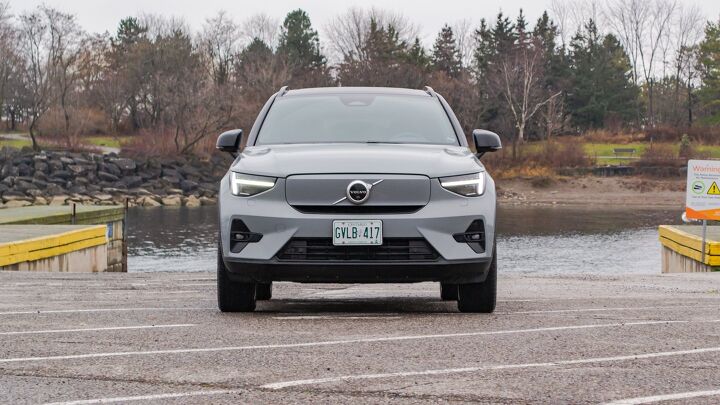


















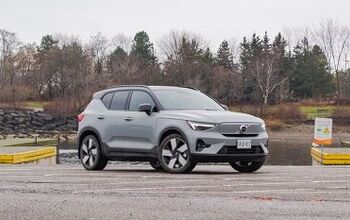
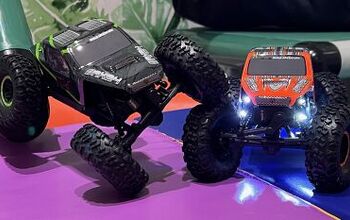
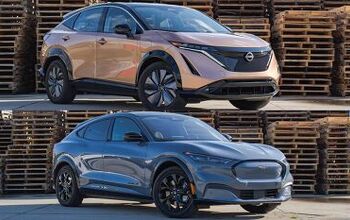




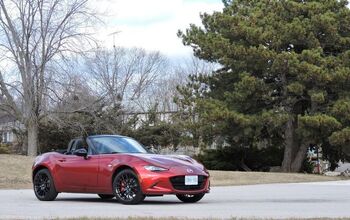
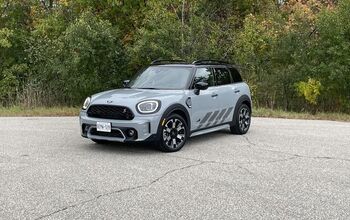
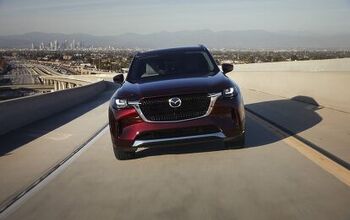
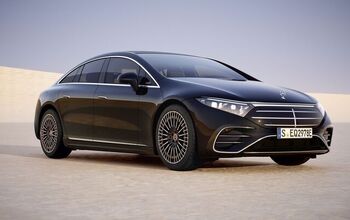
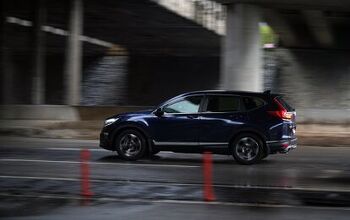

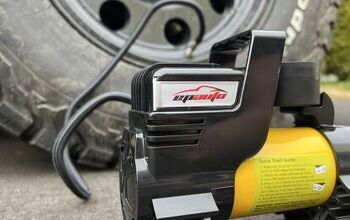
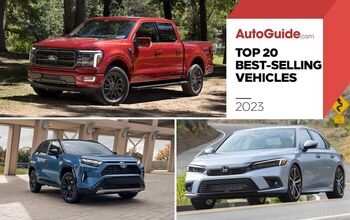
Comments
Join the conversation